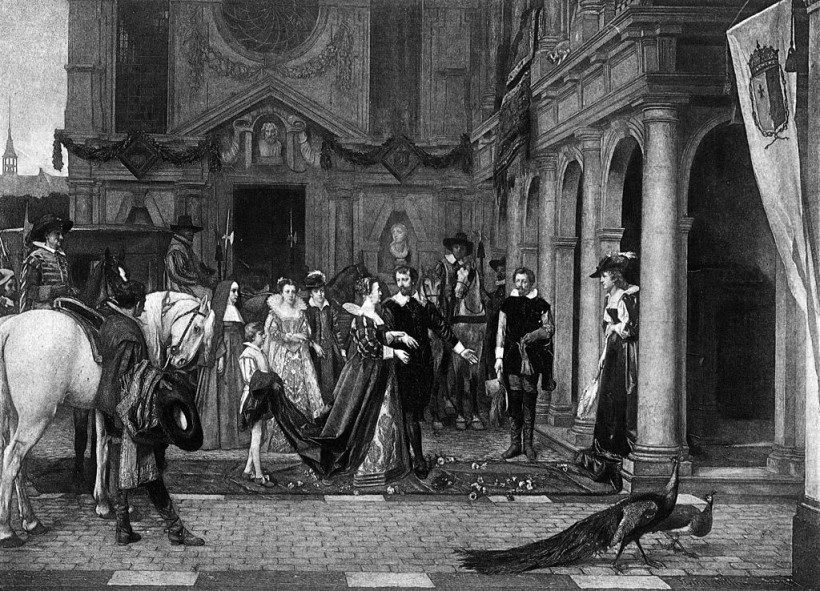A new analysis report shows that at least one Medici family member dealt with a deadly malaria strain.
Medici Family
The Medicis were a prominent and wealthy banking family that had remarkable influence over Renaissance Florence. Live Science notes that, back in the 16th century, they eventually ruled over the Duchy of Tuscany.
Brittanica adds that the family provided four popes to the Roman Catholic Church and also married into royal families across Europe.
Due to their immense status and prominence, their dead were buried like monarchs within the San Lorenzo Basilica. Skeletal remains were kept inside the coffins while their organs were removed and kept inside terracotta jars that had their family crest.
While their family history is also known to be tainted with intrigue, power struggles, and murder, organ analysis shows that there could have been another culprit behind their deaths. Researchers have discovered evidence of a malaria-causing parasite and were able to make the first observations of a structurally intact parasite that dates back to this historic period.
ALSO READ: Deforestation Can Lead to Wider Malaria Transmissions, Says Scientists
Malaria-Causing Parasite
The new study was published in the Emerging Infectious Diseases journal of the Centers for Disease Control and Prevention. As part of the research, the authors looked into tissue samples in order to match the organs with the bodies. By doing so, they came up with an unexpected finding: parasitic structures over red blood cells.
Albert Zink, the director at the Institute for Mummy Studies, where the study was held, explains that they knew the capacity of RBCs to be preserved. Before such efforts, Zink led research that discovered RBCs in Otzi the Iceman's 5,300-year-old remains. However, they did not expect to observe parasites, as five centuries had already passed.
In-depth analysis revealed that the structures were actually Plasmodium falciparum malaria parasites. While scientists are familiar with how malaria became an endemic across the region from 200 or 300 up until the early 2000s, they assumed that the species was P. Vivax and not P. falciparum. The latter is deadlier and tends to prefer tropical weather.
Live Science notes that the infected Medici could have suffered from a serious relapsing fever. However, the researchers could not conclude whether malaria led to the death of the individual.
The study is the first to demonstrate the microscopic observation of the parasite over typical detection via proteins produced. However, DNA analysis attempts remained inconclusive. Even if the parasite kept its whole structure, there was not enough preserved DNA to know how this ancient parasite differed from the modern one.
Live Science notes that Medici men and women liked to hunt in Florence's marshlands. These areas could have been the perfect thriving place for mosquitoes that carry malaria. Chances are that if one family member got infected with malaria in the area, others may have followed. However, the individual's anonymity makes it more difficult to know more about the context and to interpret the results further.
Two other jar contents had already been successfully matched to two people, namely, Vittoria della Rovere and Anna Maria Luisa de' Medici. Further tissue analysis could help match the study's sampled contents to a specific individual.
Nevertheless, the study shows how malaria could have been more widespread than thought and that it was actually the stronger and more virulent species that proliferated. It also offers more conclusive proof that malaria was present in this historic and prominent family.
RELATED ARTICLE: Mosquitoes Turned Into Malaria Vaccine Delivery System; How Effective Is This Method?
Check out more news and information on Medicine and Health in Science Times.





![Earth's Quasi-Moon Kamo‘oalewa Could Originate From Lunar Surface Not Asteroid Belt [Study]](https://1721181113.rsc.cdn77.org/data/thumbs/full/53275/89/56/50/40/earths-quasi-moon-kamo-oalewa-could-originate-from-lunar-surface-not-asteroid-belt-study.png)









